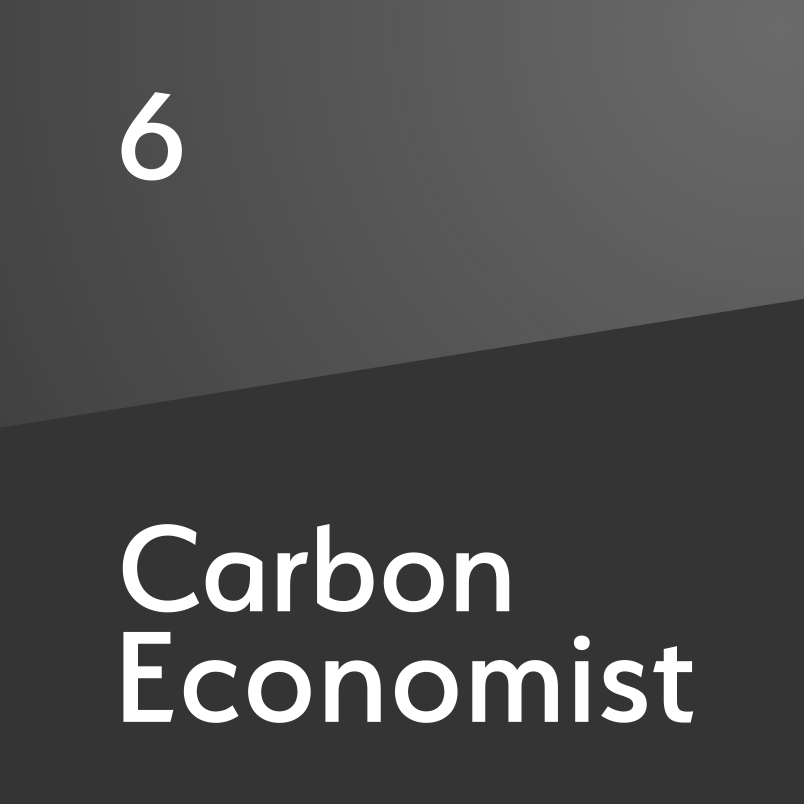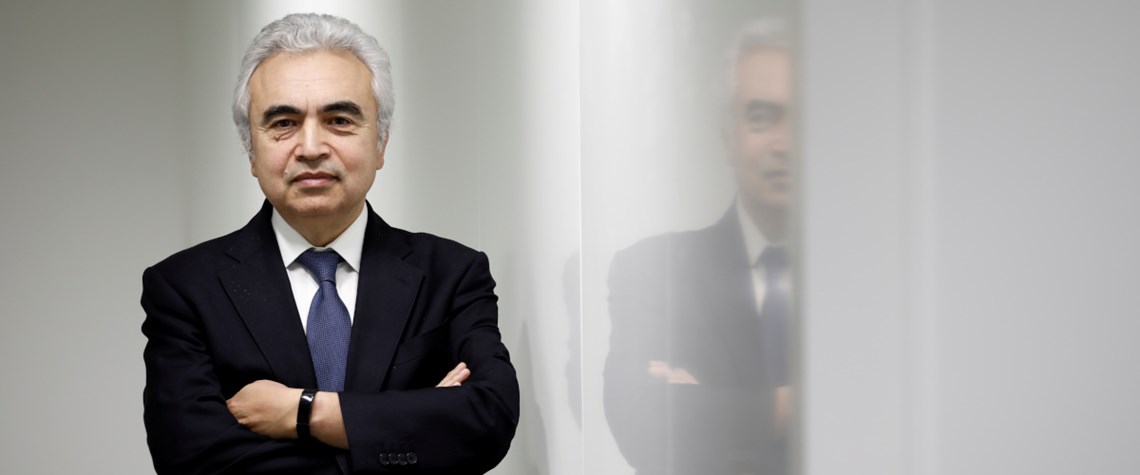Mission net zero – part one: costs
First in three-part Transition Economist series looks at the cost of the global energy transition and the magnitude of the work required
Governments and organisations around the world have set net-zero targets over the past year in line with the goals of the Paris Agreement. This has led to a number of 2050 net-zero scenarios being developed—including by the IEA, Shell, BP and the International Renewable Energy Agency (Irena). But to achieve net zero by 2050 will require a massive transformation of the global energy system, according to Fatih Birol, executive director of the IEA. “The world has a huge challenge ahead of it to move net zero by 2050 from a narrow possibility to a practical reality,” he writes in the IEA’s net-zero report. This three-part series for Transition Economist will aim to determine how realistic this ‘

Also in this section
23 December 2025
Legislative reform in Germany sets the stage for commercial carbon capture and transport at a national level, while the UK has already seen financial close on major CCS clusters
15 December 2025
Net zero is not the problem for the UK’s power system. The real issue is with an outdated market design in desperate need of modernisation
28 November 2025
The launch of the bloc’s emissions trading system in 2005 was a pioneering step, but as the scheme hits 21 its impact as a driver of decarbonisation is still open to debate
18 November 2025
Vicki Hollub, president and CEO of Occidental, has been selected as the 2026 recipient of the Dewhurst Award, the highest honour bestowed by WPC Energy. The Dewhurst Award celebrates exceptional leadership, groundbreaking innovation and a lifetime of significant achievements in sup-port of the development and advancement of the energy industry.







